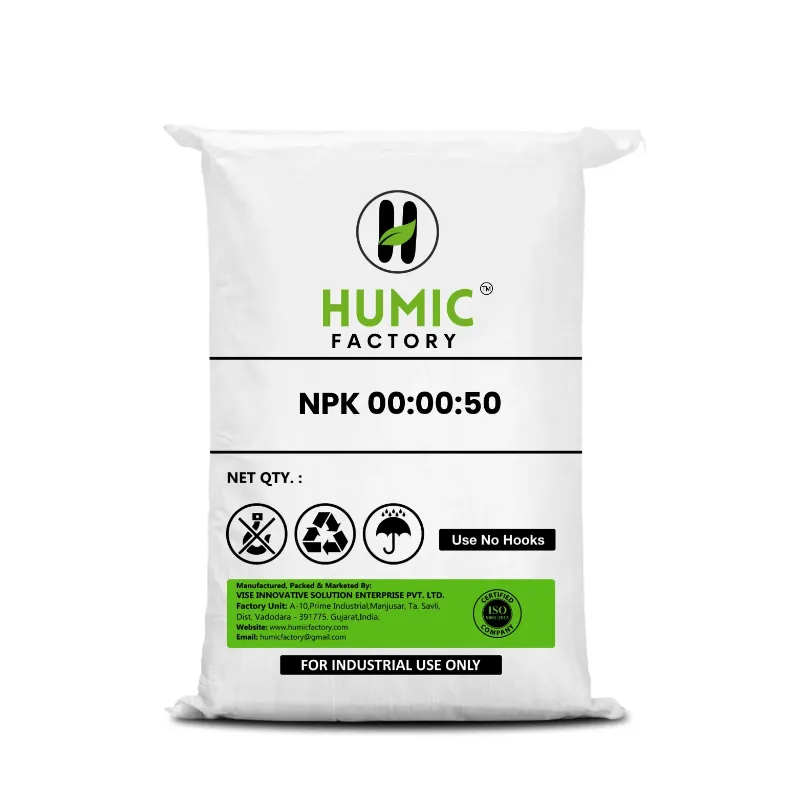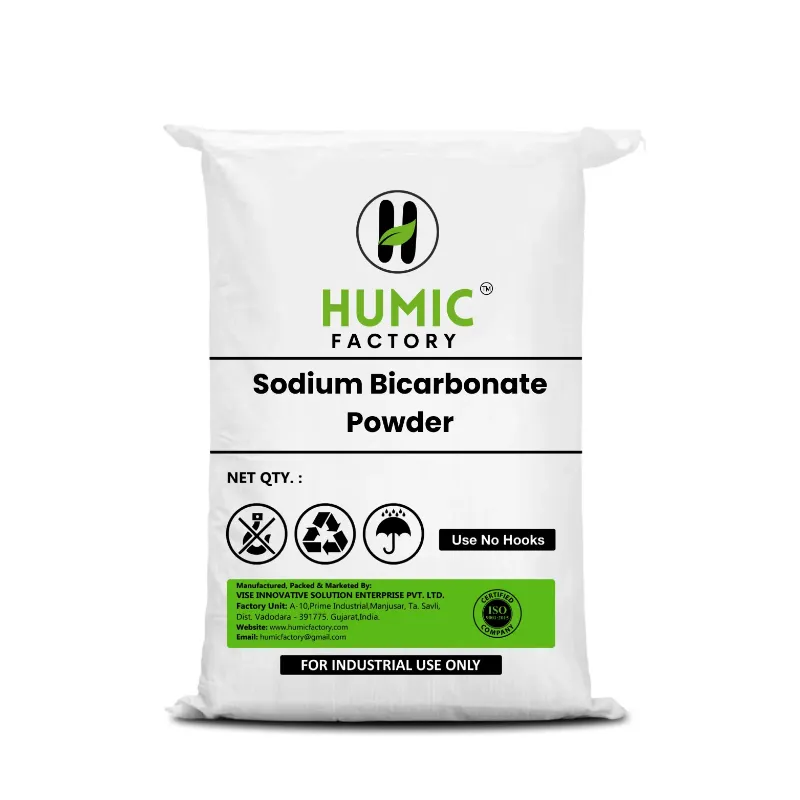Sustainable agriculture is becoming increasingly essential as the global population grows and environmental concerns rise. Farmers are seeking ways to enhance productivity while maintaining the health of their land for future generations. One of the key strategies in sustainable farming is the use of biofertilizers, which offer a natural and eco-friendly alternative to chemical fertilizers. This blog will explore how biofertilizers can be integrated into farming practices and provide practical tips for their effective use. Biofertilizers are living organisms, such as bacteria, fungi, and algae, that enhance soil fertility and promote plant growth by fixing atmospheric nitrogen, solubilizing phosphorus, and mobilizing other essential nutrients. Unlike chemical fertilizers, biofertilizers do not introduce harmful substances into the soil; instead, they improve soil health and structure, making nutrients more accessible to plants. Biofertilizers contribute to sustainable agriculture by reducing dependency on chemical inputs, minimizing environmental pollution, and promoting biodiversity. As such, integrating biofertilizers into farming practices is a crucial step towards achieving long-term agricultural sustainability. Before diving into how to integrate biofertilizers into your farming practices, it's essential to understand their numerous benefits: 1. Enhanced Soil Fertility: Biofertilizers improve the nutrient content of the soil by fixing nitrogen and solubilizing phosphorus. They also increase the availability of micronutrients, which are vital for plant growth. 2. Improved Soil Structure: The use of biofertilizers promotes the growth of beneficial microorganisms in the soil, which in turn helps improve soil structure, water retention, and aeration. 3. Reduced Chemical Dependency: By providing a natural source of nutrients, biofertilizers reduce the need for chemical fertilizers. This not only lowers production costs but also decreases the risk of soil and water pollution. 4. Environmental Sustainability: Biofertilizers help mitigate the environmental impact of agriculture by reducing greenhouse gas emissions, preventing soil degradation, and promoting biodiversity. 5. Increased Crop Yield and Quality: Crops grown with biofertilizers often exhibit improved growth, higher yields, and better resistance to pests and diseases, leading to higher-quality produce. Successfully integrating biofertilizers into your farming practices requires careful planning and management. Here are some practical tips to help you get started: 1. Assess Your Soil Needs: Before introducing biofertilizers, it’s crucial to understand the specific needs of your soil. Conduct a soil test to determine its nutrient levels, pH, and microbial activity. This information will guide you in selecting the most suitable biofertilizer for your crops and soil conditions. 2. Choose the Right Type of Biofertilizer: Biofertilizers come in various types, each with its specific function. For example, Rhizobium is a nitrogen-fixing bacteria ideal for leguminous crops, while mycorrhizae fungi enhance phosphorus uptake in a wide range of plants. Select a biofertilizer that matches your crop’s nutrient requirements and soil conditions. 3. Incorporate Biofertilizers During Planting: The most effective time to apply biofertilizers is during the planting stage. This allows the microorganisms to establish themselves in the soil and form symbiotic relationships with the plant roots. Apply the biofertilizer directly to the seeds, seedlings, or soil during planting to ensure maximum effectiveness. 4. Combine Biofertilizers with Organic Matter: Biofertilizers work best when combined with organic matter such as compost or manure. Organic matter provides a food source for the microorganisms, helping them thrive and multiply in the soil. This combination also improves soil structure, water retention, and nutrient availability. 5. Maintain Proper Soil Moisture: Biofertilizers contain living organisms that require moisture to survive and function effectively. Ensure that your soil has adequate moisture levels, especially after applying biofertilizers. However, avoid overwatering, as excessive moisture can create anaerobic conditions that harm the beneficial microorganisms. 6. Monitor Crop and Soil Health: After applying biofertilizers, regularly monitor your crops and soil to assess the effectiveness of the treatment. Look for signs of improved growth, higher yields, and better resistance to pests and diseases. Conduct periodic soil tests to track changes in nutrient levels and microbial activity. 7. Practice Crop Rotation: Crop rotation is an essential component of sustainable agriculture and works well in conjunction with biofertilizers. Rotating different crops in your fields helps maintain soil fertility, reduce pest and disease pressure, and promote a diverse and healthy soil microbiome. This practice enhances the effectiveness of biofertilizers and contributes to long-term soil health. 8. Educate and Train Your Team: If you have a team working on your farm, ensure that they are educated about the benefits and proper use of biofertilizers. Provide training on how to apply biofertilizers correctly and how to integrate them into your existing farming practices. A well-informed team will help you maximize the benefits of biofertilizers and ensure their effective use. 9. Evaluate and Adjust Practices: Sustainable farming is an ongoing process that requires continuous evaluation and adjustment. After integrating biofertilizers into your farming practices, take the time to evaluate their impact on crop yields, soil health, and overall farm productivity. Use this information to make necessary adjustments to your biofertilizer application methods and other farming practices. 10. Partner with Trusted Suppliers: Finally, source your biofertilizers from trusted suppliers like Humic Factory. Working with a reliable supplier ensures that you receive high-quality products that are effective and safe for your crops. Humic Factory offers a range of biofertilizers tailored to different crops and soil types, helping you achieve optimal results in your sustainable farming efforts. At Humic Factory, we are committed to providing farmers with the best biofertilizers to enhance soil fertility and promote sustainable agriculture. Our products are designed to meet the specific needs of various crops and soil conditions, ensuring that you achieve maximum productivity while maintaining soil health. 1. Rhizobium Biofertilizers: Our Rhizobium biofertilizers are ideal for leguminous crops like soybeans, peas, and lentils. These nitrogen-fixing bacteria form symbiotic relationships with the plant roots, converting atmospheric nitrogen into a form that plants can use, thereby reducing the need for synthetic nitrogen fertilizers. 2. Mycorrhizae Fungi: Mycorrhizae fungi from Humic Factory enhance phosphorus uptake in a wide range of crops, including cereals, vegetables, and fruit trees. These fungi form a network of hyphae that extend far beyond the root zone, increasing the surface area for nutrient and water absorption. 3. Phosphate-Solubilizing Bacteria: Our phosphate-solubilizing bacteria help convert insoluble forms of phosphorus in the soil into soluble forms that plants can absorb. This biofertilizer is particularly useful in soils with high phosphorus fixation, where plants struggle to access this essential nutrient. 4. Azotobacter and Azospirillum: These free-living nitrogen-fixing bacteria are suitable for non-leguminous crops like wheat, rice, and maize. They enhance soil nitrogen levels, promote plant growth, and improve overall soil health. 5. Trichoderma Biofertilizers: Trichoderma fungi are known for their biocontrol properties, helping to suppress soil-borne pathogens and improve plant health. Our Trichoderma biofertilizers are an excellent addition to any sustainable farming practice, offering both nutrient support and disease protection. Integrating biofertilizers into your farming practices is a powerful step towards achieving sustainable agriculture. By choosing the right biofertilizers, applying them correctly, and maintaining proper soil management practices, you can enhance soil fertility, reduce chemical dependency, and improve crop yields. At Humic Factory, we are here to support you on this journey with high-quality biofertilizers tailored to your farm's unique needs. Embrace sustainable farming with biofertilizers, and contribute to a healthier, more productive agricultural future. For more information on our products and how they can benefit your farm, visit our website or contact us today.Understanding Biofertilizers
The Benefits of Biofertilizers
Tips for Integrating Biofertilizers into Your Farming Practices
How Humic Factory Biofertilizers Can Support Your Farm
Conclusion


Submit your contact number to receive exclusive updates
Something went Wrong Please try again!!!
Bulk Purchase
Get Bulk Discount
Get Discount Code now
फोन नंबर सबमिट करे और ऑफर पाए
We believe farming is hard. This is our attempt to support farmers. Submit your contact details to receive a discount and other offers from Humic Factory.

Recommended Products
COPYRIGHT © 2024. All Rights Reserved By Humic Factory


